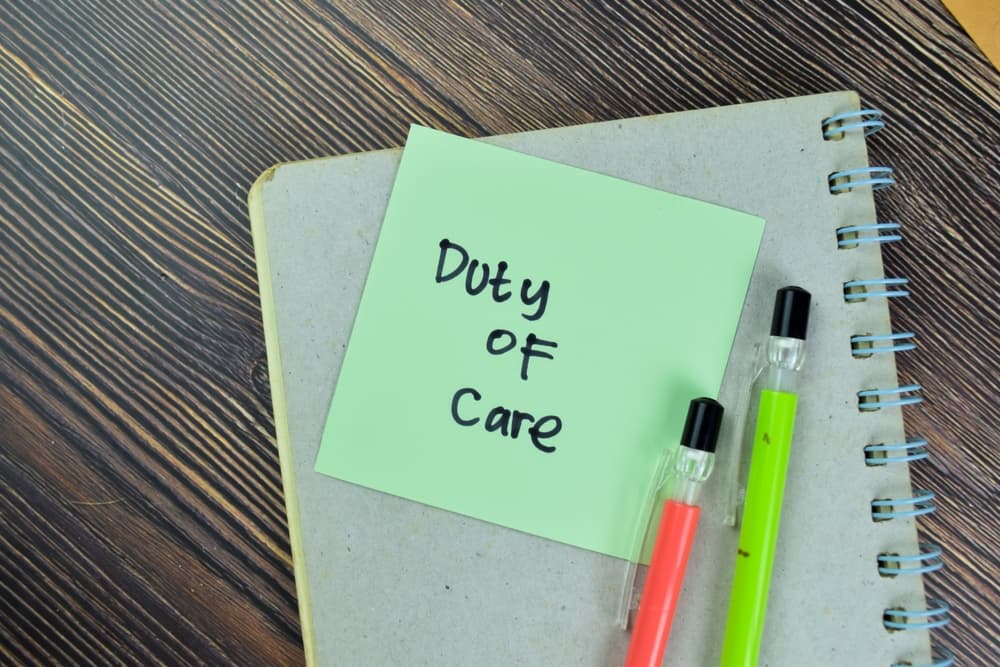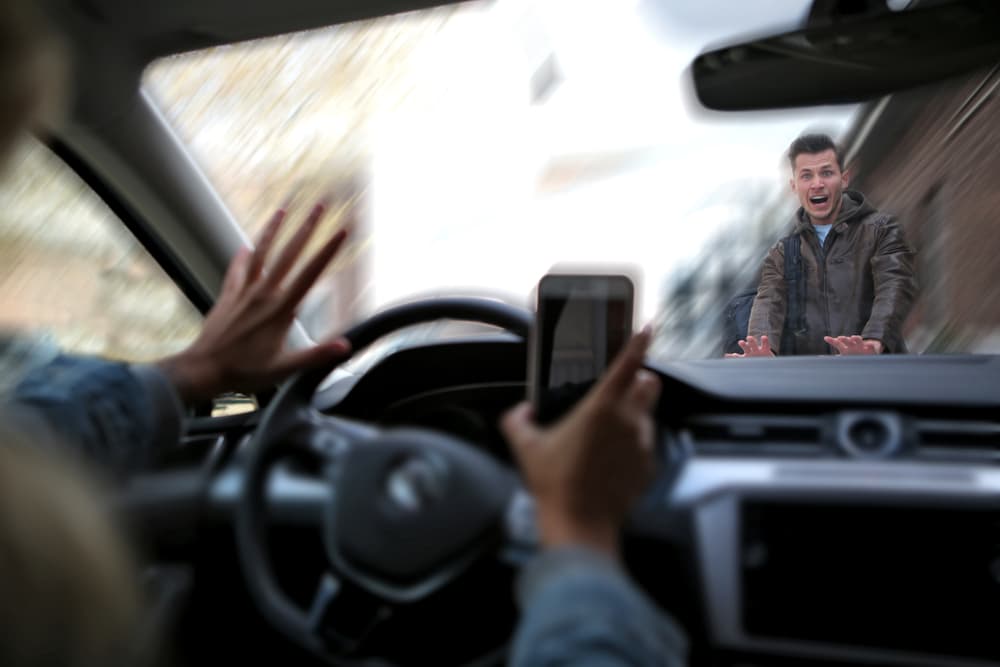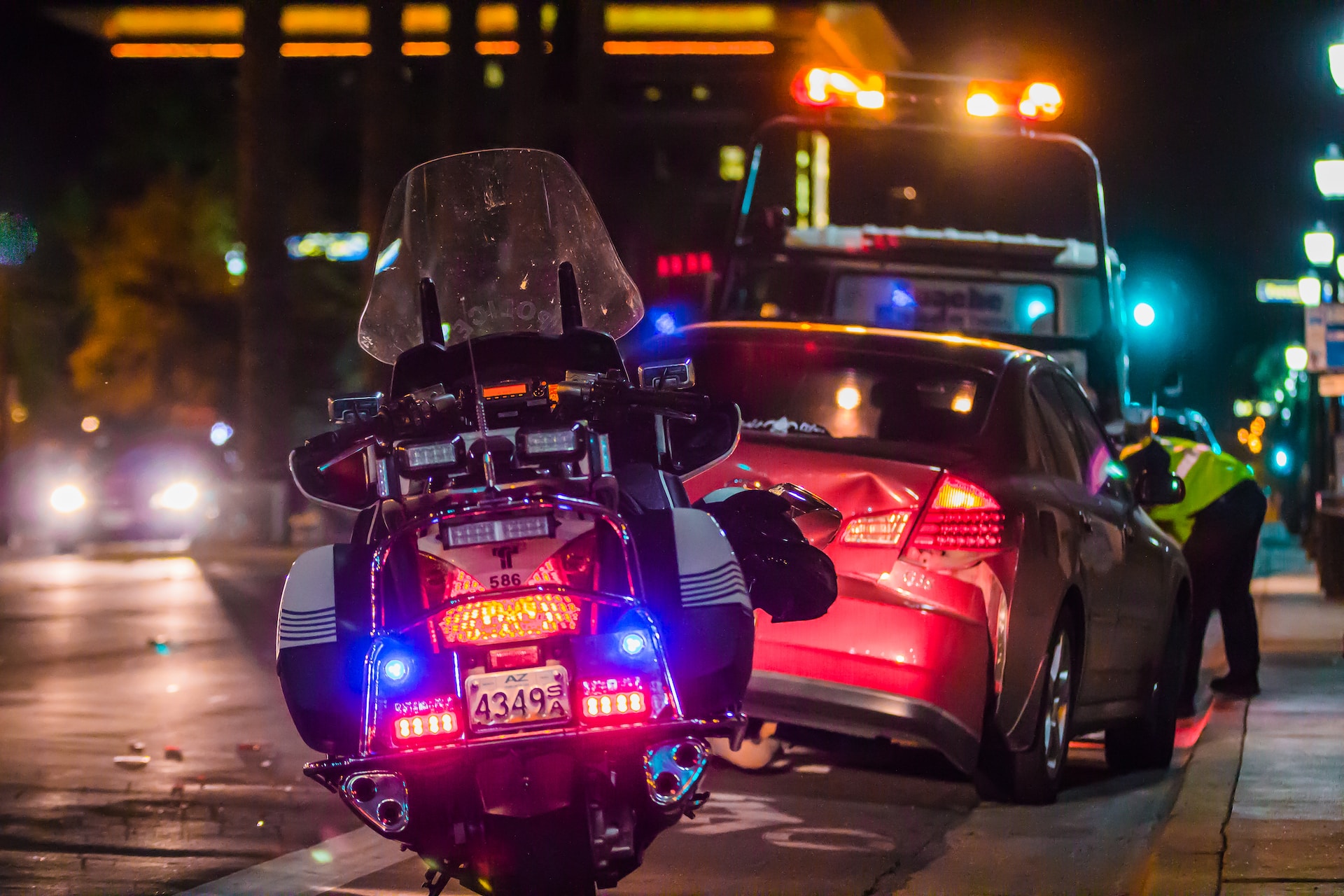The number of pedestrian accidents in Wisconsin has seen a disturbing increase, signaling a need for greater driver awareness and stricter adherence to road safety.
Roads are shared spaces, and drivers must recognize the profound impact their actions have on pedestrian safety.
When accidents happen, the law often looks at shared fault to understand all sides of the incident.
However, we need to keep the spotlight on the responsibilities of drivers, as their role is crucial in avoiding these accidents.
Acknowledging shared fault doesn’t mean blaming the pedestrian. It means acknowledging that while pedestrians have a role in keeping themselves safe, alert and cautious drivers can prevent accidents in the first place.
If you were a pedestrian hit by a vehicle, a Wisconsin pedestrian accident lawyer can recover compensation for your losses, pain, and suffering.
What Does Wisconsin Consider a Pedestrian?
We all know that a pedestrian is anyone on foot. Wisconsin, however, legally defines a pedestrian as any person afoot, in a wheelchair, or in a mechanical vehicle designed specifically for the physically disabled.
Pedestrians often navigate spaces heavily trafficked by vehicles, and unfortunately, preventable accidents happen. In Wisconsin, an average of 53 pedestrian fatalities and approximately 1,300 injuries occur annually due to vehicular collisions.
Pedestrian Accidents and Wisconsin Law
A set of laws and principles designed to determine responsibility and guide the adjudication of claims govern pedestrian accidents.
Negligence forms the heart of these legal considerations. This central principle requires that all parties involved in an accident exercise a reasonable standard of care.
Negligence and Duty of Care
In the context of road use, both drivers and pedestrians have a duty of care. For drivers, this means following traffic laws, paying attention to their surroundings, and driving in a manner that does not put pedestrians at risk.
Pedestrians must also follow the rules of the road, like using crosswalks and obeying traffic signals.
When an accident occurs, establishing negligence is a critical step. A driver who was distracted, speeding, or failing to yield where required likely breached their duty of care.
Conversely, a negligent pedestrian might step into traffic unexpectedly and against signals.
Comparative Fault in Pedestrian Accidents
Some jurisdictions like Wisconsin apply a legal doctrine known as comparative fault, or contributory negligence, which allows for the apportionment of fault among the parties involved based on their respective contributions to the accident.
Under this system, a pedestrian could be found partially responsible for an accident, but this does not absolve the driver from their share of responsibility, especially since the law generally holds drivers to a higher standard given the potential harm a vehicle can cause.
If you or someone you know was in a pedestrian accident, a lawyer who understands contributory negligence can protect you if the driver tries to shift some or all the blame for the accident to you.
A knowledgeable pedestrian accident lawyer in Wisconsin can provide valuable insight into pedestrian and traffic laws, applying their experience to the specific details of your personal injury case.
The Driver’s Duty of Care in a Pedestrian Case

The safety of pedestrians is a significant concern, and drivers have a legal obligation to uphold a duty of care that minimizes harm to those on foot. This duty is not a mere courtesy; it’s a mandate that, when ignored, can lead to severe and sometimes tragic consequences.
Understanding Driver Responsibilities
Drivers must pay attention and anticipate the presence of pedestrians.
This responsibility increases in areas such as school zones, marked crosswalks, and neighborhoods where children are present. Specific laws dictate the behavior expected of drivers, such as stopping for pedestrians in crosswalks and yielding the right of way when turning.
Certain behaviors breach the duty of care. Texting, wearing headphones while driving, speeding, neglecting to observe traffic signals, and a hit and run, are clear-cut examples of how a driver can fail in their responsibilities, putting pedestrians at risk.
Real-Life Consequences of Negligence
A driver neglects their duty of care with severe consequences. Pedestrian accidents often result in serious injuries due to the unprotected nature of pedestrians compared to those in a vehicle.
The repercussions for drivers who neglect their duty of care extend long after an accident.
They can face legal action, including claims for damages such as medical expenses, lost income, and pain and suffering.
These claims reinforce the seriousness of the duty of care and the legal system’s commitment to holding negligent drivers accountable.
What Happens When Pedestrians Share Fault?
Even the most cautious pedestrians can find themselves in unforeseen situations. While drivers must exercise due care, pedestrians also have responsibilities for their safety.
Pedestrian Responsibilities
Pedestrians must follow the rules of the road, which include crossing at marked crosswalks, obeying pedestrian traffic signals, and staying alert to their surroundings.
Walking while distracted, crossing against traffic signals, or entering the road from a place where drivers are not expecting pedestrian traffic can lead to dangerous situations.
Shared Responsibility in Pedestrian Accidents
Shared fault occurs when both the pedestrian and the driver have not fully adhered to their responsibilities.
For example, if a pedestrian is hit while jaywalking, both the pedestrian’s action of crossing outside of a crosswalk and the driver’s potential lack of attentiveness can contribute to the incident.
In many places, the law considers the concept of shared fault when determining the outcome of a personal injury claim.
Determining the degree of fault is a complex process that involves analyzing the actions of everyone involved in the accident. Evidence such as traffic camera footage, witness statements, and accident reconstruction can be critical in these cases.
In such nuanced situations, hire a pedestrian accident lawyer. A lawyer can explain how the shared fault rules apply to your case and assist in navigating the legal process to seek compensation.
Should you find yourself in an accident as a pedestrian where shared fault might be a factor, knowing when to get an attorney is an important step.
How Can a Personal Injury Attorney Help in a Pedestrian Accident?
Injured pedestrians will find that legal counsel is instrumental in ensuring that their rights are protected and that they receive a fair evaluation of their claim.
A personal injury attorney can dissect the details of the accident, gather evidence, and build a case to demonstrate a driver’s failure to meet their duty of care.
If you face the challenge of recovering from a pedestrian accident, reach out to a legal professional to:
- Evaluate your case
- Advise you on the best course of action
- Work to secure the support you need to move forward
- Gather evidence to prove your claim for injuries
Types of Evidence in Pedestrian Accidents
- Surveillance Footage. Video from traffic cameras or nearby businesses can capture the accident, providing clear insight into the actions of both the pedestrian and the driver.
- Eyewitness Testimony. Statements from people who witnessed the accident can offer objective perspectives on the events that transpired.
- Police Reports. The responding officer’s report contains vital details about the accident, often including a preliminary assessment of fault.
- Medical Records. Documentation of injuries sustained by the pedestrian can illustrate the severity of the accident and the impact on the pedestrian’s health and life.
- Expert Testimony. Accident reconstruction experts can analyze the evidence to determine the dynamics of the accident, such as the speed of the vehicle and the pedestrian’s visibility.
Collect this evidence promptly because it can become harder to obtain over time. Skid marks fade, memories wane, and surveillance cameras may overwrite their footage.
A pedestrian accident lawyer is skilled in swiftly securing such evidence and using it to build a compelling case.
What Is the Role of Insurance in Pedestrian Accidents?
In pedestrian accidents, insurance coverage plays a pivotal role in compensating victims for their injuries and losses.
Understanding how insurance companies approach these accidents can prepare pedestrians for the challenges that often arise during the claims process.
Navigating Insurance Policies
After an accident, the driver’s auto insurance policy is typically the first place to seek compensation.
Most policies cover bodily injury to pedestrians caused by the policyholder’s negligence. However, the extent of coverage and the willingness of insurance companies to pay out can vary greatly.
Pedestrians may also turn to their insurance policies, such as health insurance for medical costs or uninsured/underinsured motorist coverage if the driver at fault lacks sufficient coverage.
Dealing with Insurance Adjusters
Insurance adjusters investigate the claim to determine their company’s liability. They scrutinize every detail, from the accident report to the victim’s medical records.
Adjusters often attempt to minimize the company’s payout, which can include questioning the severity of injuries or suggesting that the pedestrian shared in the fault.
The Settlement Offer
Insurance companies may extend a settlement offer early in the process. While quick compensation may tempt you, these initial offers rarely pay what you need to cover long-term costs associated with the injury.
Legal Representation and Insurance Negotiations
You need a pedestrian accident lawyer when dealing with insurance companies. They can handle negotiations, ensuring that the insurer doesn’t pressure you into accepting an unfair settlement.
Attorneys are adept at calculating the true cost of the accident, including current and future medical expenses, lost wages, and other damages.
Legal representation becomes even more critical if the case proceeds to litigation. A lawyer will advocate on behalf of the pedestrian, fighting for a fair judgment that reflects the true value of the claim.
After a pedestrian accident, speak with a lawyer before engaging with any insurance company.
A Wisconsin pedestrian accident lawyer can offer a protective buffer and guide you through the complexities of insurance claims, allowing you to focus on your recovery.
A driver’s responsibility towards pedestrians is not just a moral obligation but a legal one as well.
While you focus on your physical and emotional recovery, let a competent legal professional handle the intricate details of your claim.
Contact a Wisconsin Pedestrian Accident Lawyer

Pedestrian accidents can have life-altering consequences, and trying to handle a claim on your own can overwhelm you.
When injuries occur, it’s not just about medical recovery, it’s about fully protecting your rights and interests and not bearing the financial burden that often accompanies such accidents.
In Wisconsin, complex laws govern pedestrian accidents, particularly when comparative fault is a factor.
Hire a knowledgeable attorney who understands these nuances. A dedicated pedestrian accident lawyer can offer clarity, provide a sound legal strategy, and tirelessly advocate on your behalf.
If you find yourself injured because of a negligent driver, reach out to Pemberton Personal Injury Law Firm for legal assistance by calling (608) 448-6242 or talking to a personal injury attorney online and find out how we can help you today.
 Calls Answered 24/7
Calls Answered 24/7









